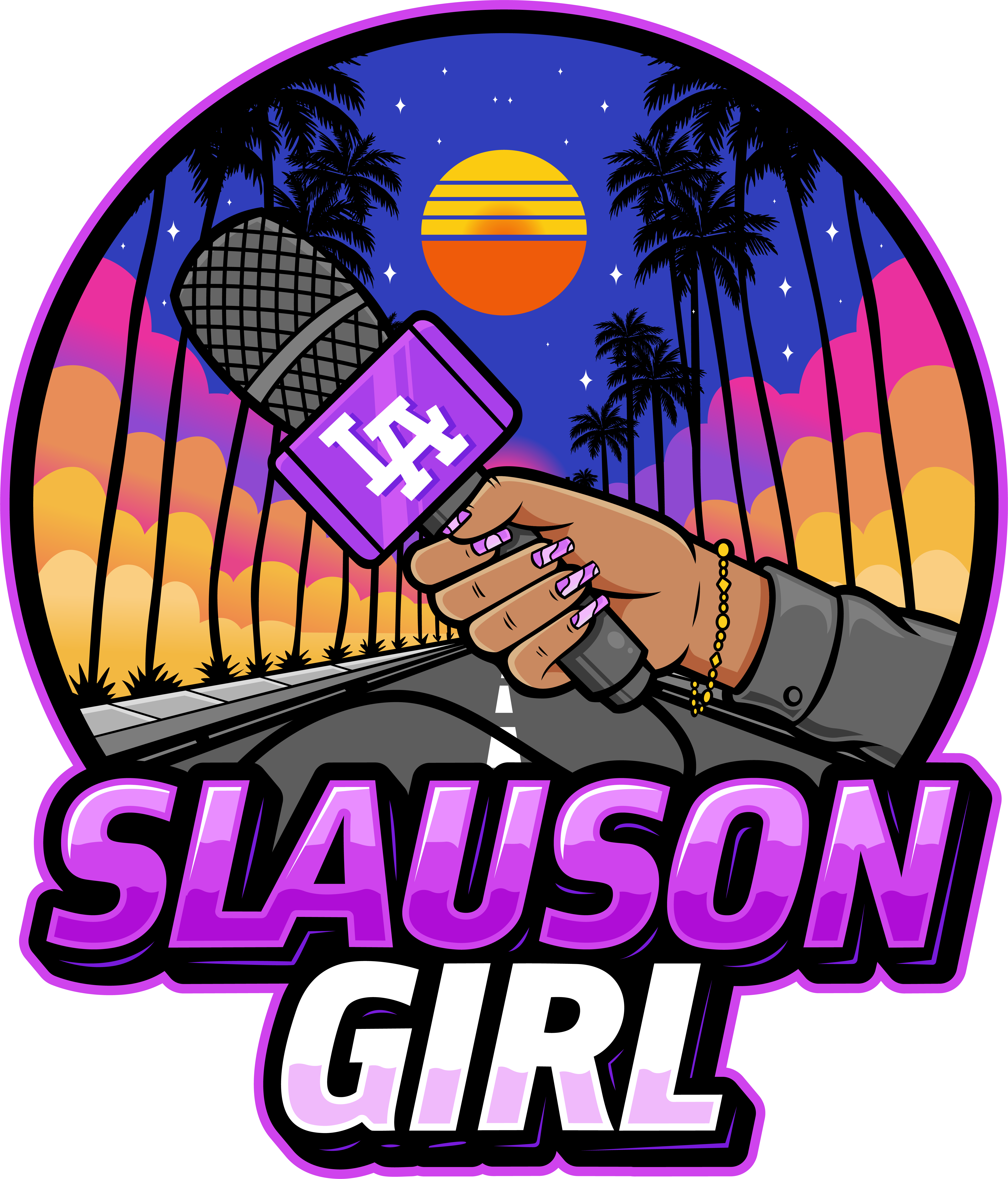
South Central, Los Angeles–After the disinvestment, marginalization, institutional racism and the blind eye that was turned during the crack bombing of inner city L.A, we are still here.
After sabotaging our community progress, economic vitality and community centered power structures, we are still here.
After generations of our Black men funneled through Mens Central jail and prisons throughout California, who come home impacted by trauma and being shunned in society, we are still here.
To the larger Los Angeles community especially the influx of L.A’s new “favorable” residents from throughout the U.S, we are still here. To these new residents, who make it harder to find housing, aid in L.A’s hyper-gentrification process and congest the 110 and 405 freeways, we are still here.
To those who think nothing was going on in L.A until they arrived and “discovered everything,” we were here first, being impacted and are seemingly being left behind as the city swiftly rebuilds and rebrands.
Some call it an uprising, to not victim blame the African-American community who were marginalized in South Central, due to anti-Black policies and behaviors that are prevalent even still today.
In 30 years, not much has changed in South Central since 1992, other than the name of the area. South L.A. is a term that is triggering, personally.
Some of the burned buildings in South Central were never rebuilt, a serious lesson for Black people on the importance of “not burning up their community.”
Especially when we do not have access to the funds to rebuild and we are not in charge of this process. The 1992 riots is definitely a lesson on the importance of forward thinking. As well as making sure the energy, emotion and valid rage that we experience does not grow out of control, and is used to create positive change in our communities.
Now, longtime Black L.A residents are being pushed around and pushed out into desert areas of L.A County like Lancaster or Palmdale, where purchasing a home is more obtainable than living within L.A city limits.
However, the center of all the activity, money and prime real estate is clearly the areas we grew up in.
Read More: Black Erasure and the Shadow It’s Casting in L.A. County
We are being erased in the city our grandparents and great-grandparents were told was filled with opportunity by Black train porters and a place to escape deep racial tensions of the south post slavery.
Longtime Black inner city L.A residents also have to take collective and continuous actions to combat the violence which engulfs our community decades later. Although lower than the 80’s and 90’s, this violence only makes our erasure within L.A’s gentrification process easier.
Where is the equity, diversity and inclusion for Black Angeleno’s? More importantly, when are longtime Black L.A residents going to involve themselves in the shifting of L.A’s economic and political landscape?
We have to demand a seat at the table, or we will continue to be left behind.



